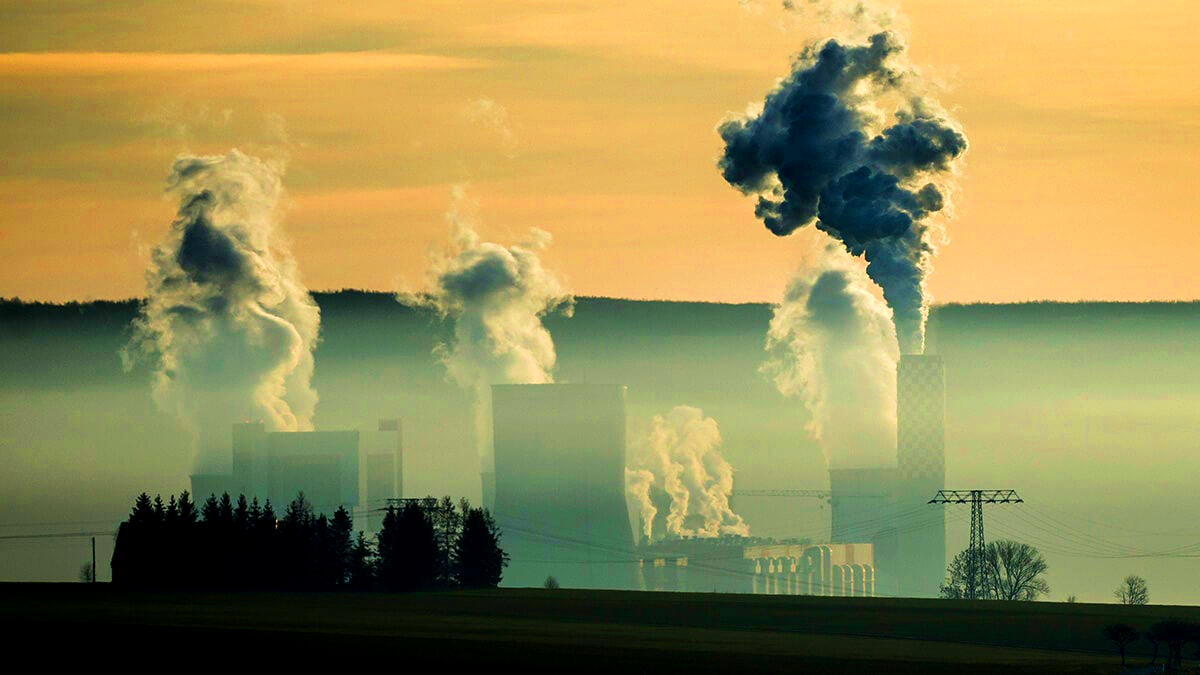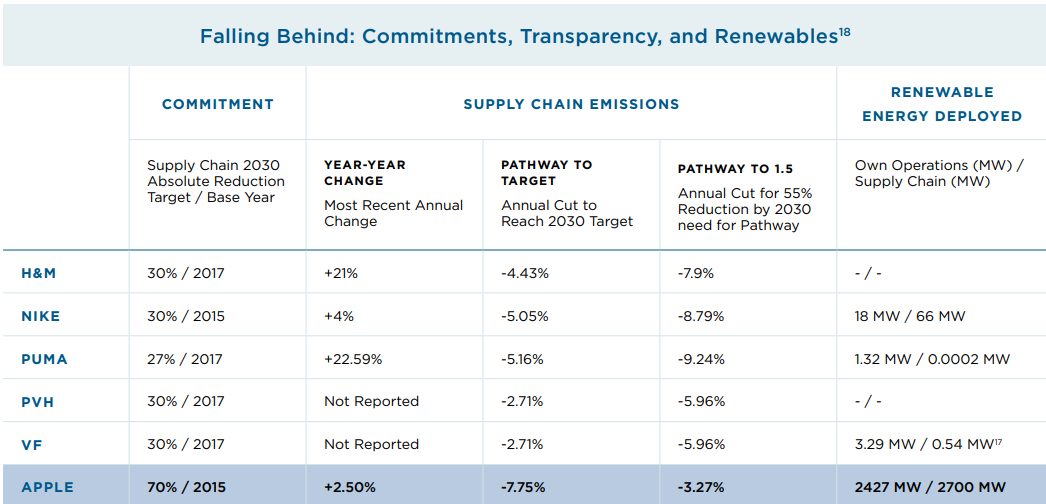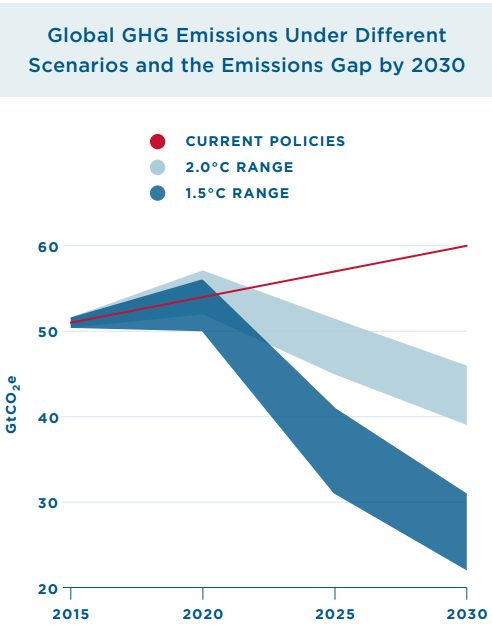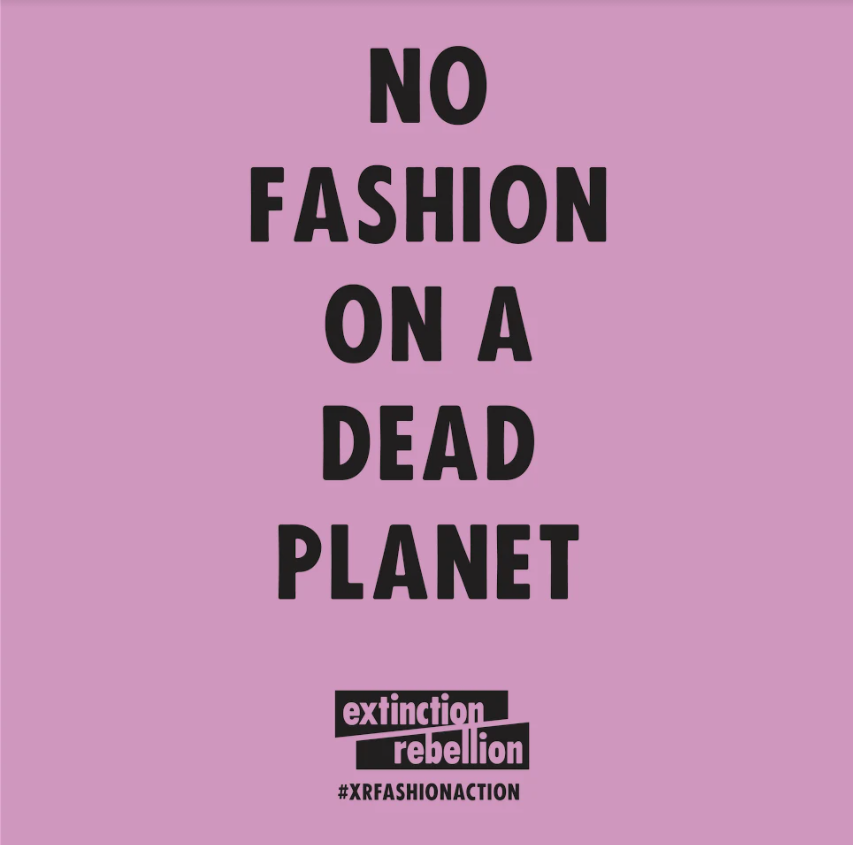Fashion currently contributes up to 10% of global carbon emissions. With this figure set to increase three times by 2030, going carbon neutral is the industry’s only option for survival.
Environmental non-profit Stand.earth has released a new report urging fashion brands to go fossil fuel-free. The study, which outlines five steps the industry can take to drawdown its emissions, states that a refusal to immediately withdraw from reliance on coal, oil, and gas will result in fashion’s demise.
Until this point, brands have often used greenwashing to mask their inaction. This lack of transparency has no place amongst the highly influential Gen Z demographic, 37% of which now insists upon knowing what goes into products and how they are made before they buy.
With consumers increasingly concerned about issues such as sustainable resourcing, fair labour, and the planet’s health, brands are finding themselves under growing scrutiny.
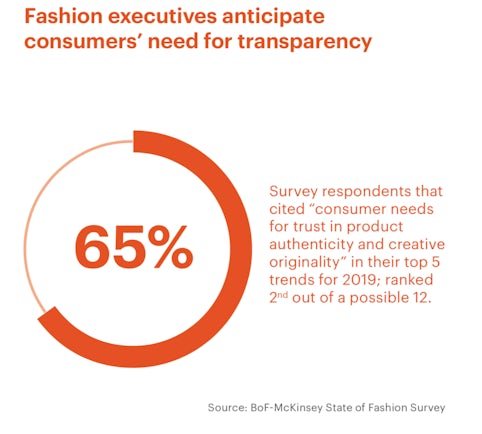
So, what’s the solution? ‘Centring renewable energy in supply chain decisions with specific commitments to phase out coal, advocating for renewable energy policies in supply chain countries, and sourcing lower carbon and longer lasting materials,’ according to the roadmap.
In a nutshell, ‘carbon neutrality’ can be achieved by calculating carbon emissions and doing whatever necessary to balance them out, or ‘offset’ them. Of the several ways there exists to do so, the most popular option involves donating to charities that plant more trees or use energy efficiency to reduce emissions. But when it comes to fashion, the answer isn’t quite so simple, nor is it viable.
‘Brands are saying that they have carbon emissions which are essential; that instead of cutting them out, they’ll offset,’ says Sara Arnold, a representative of XR’s Fashion Boycott team. ‘So you calculate: there were that many flights taken, so we’ll plant this many trees. But carbon emissions have knock-on effects which should be taken into account, and there are feedback loops. We’re getting closer to tipping point.’
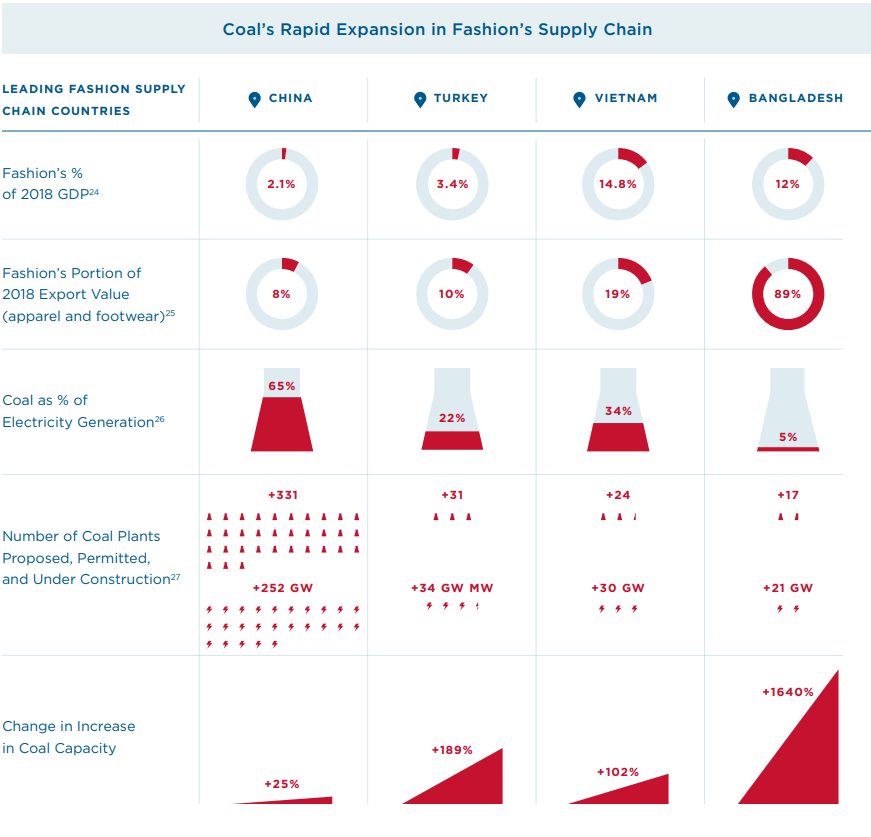
These knock-on effects are far-ranging and include extreme weather, food supply disruptions, increased wildfires, and air pollution (to name a few). Though offsetting schemes might help with future emissions, the effect isn’t immediate, and the accumulation of CO2 released into the atmosphere now can still be felt.
In fact, while the industry made a start last year with the rise of ‘carbon neutral’ fashion shows (a by-product of Kering’s pledge to ‘become carbon neutral within its own operations and across the entire supply chain’), the practice of offsetting the destructive element is, as argued by critics, more a means of lessening guilt rather than truly reducing harm.
‘It’s important to note that offsetting isn’t actually tackling the reduction of a company’s footprint,’ says Ilishio Lovejoy, project manager for policy and research at Fashion Revolution. ‘It’s making the overall global situation ‘less bad’ by ‘doing good’ somewhere else. Our best bet is to encourage things like regenerative agriculture – farming that’s focused, among other things, on isolating carbon into the soil.’









